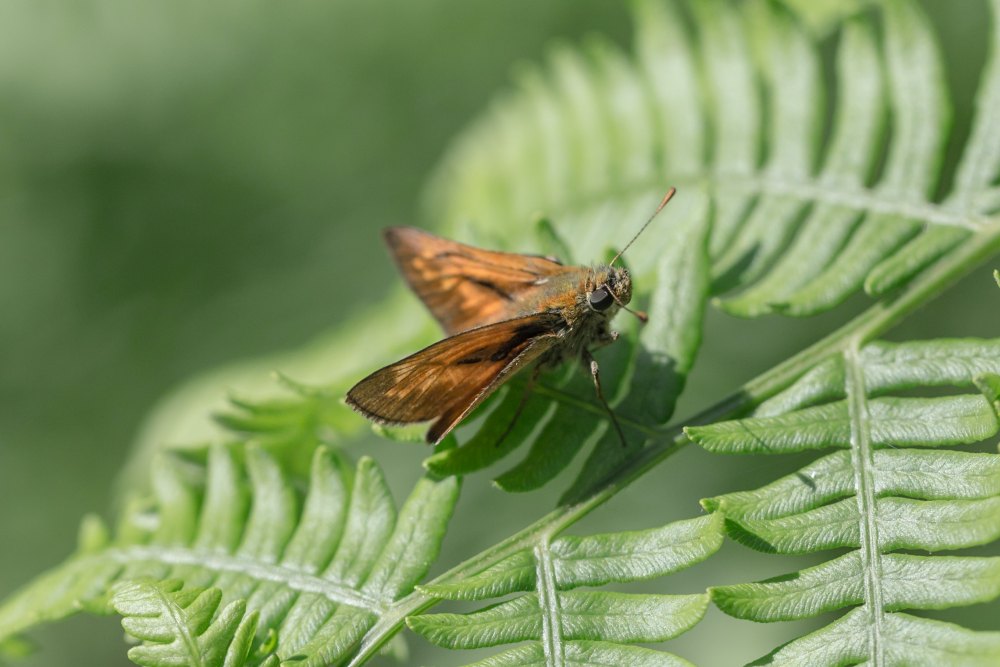
Clothes moths, though small, can inflict significant damage to cherished garments. As these pests become an increasing concern, understanding the prevention methods available becomes paramount. This article offers an exhaustive comparison of two primary methods: moth traps and repellents, alongside additional comprehensive strategies.
The Clothes Moth Lifecycle
To combat clothes moths effectively, one must first understand their lifecycle. These pests undergo four stages: egg, larva, pupa, and adult. It's the larvae that feed on clothing, especially those made from natural fibers like wool, silk, and cashmere. Adult moths, contrary to popular belief, do not feed on fabrics.
Moth Traps
How They Work:
Moth traps for clothes, often lined with pheromones, attract and capture adult moths, disrupting their breeding cycle.
Pros:
- Precision: Specifically targets clothes moths, ensuring minimal by-catch.
- Safety: Most traps are non-toxic, posing no threat to humans or pets.
- Monitoring: The number of trapped moths can provide insights into infestation levels.
Cons:
- Larvae Persistence: Traps don't address larvae, the primary culprits behind clothing damage.
- Aesthetics: Some users might find the sight of trapped moths off-putting.
- Expert Opinion: Dr. Jane Smith, an entomologist, states, "Moth traps are an excellent first line of defense, especially in identifying the severity of an infestation."
Moth Repellents
How They Work:
Repellents use scents that moths find repulsive, preventing them from laying eggs on garments.
Pros:
- Variety: Options range from cedarwood balls to lavender sachets.
- Natural Solutions: Many repellents are organic, offering an eco-friendly choice.
- Dual Benefits: Natural repellents can also freshen up wardrobes.
Cons:
- Efficacy Over Time: Natural repellents may diminish in potency and need replenishing.
- Potential Resistance: Moths might grow desensitized to certain repellents over prolonged exposure.
- Allergies: Some ingredients might trigger allergic reactions in sensitive individuals.Expert Opinion: Fashion consultant, Lydia Green, mentions,
Natural repellents not only deter moths but can also infuse garments with pleasant fragrances, enhancing the wearing experience.
Holistic Moth Prevention Strategies
- Regular Cleaning: Moths are attracted to dirt and sweat. Ensure garments are clean before storage. Dry cleaning or washing in hot water can kill eggs and larvae.
- Airtight Storage: Use vacuum-sealed bags or containers, especially for seasonal storage. This restricts moth access and prevents infestation.
- Frequent Inspection: Regularly check your wardrobe, especially lesser-worn items. Look for tiny holes, web-like substances, or larvae.
- Natural Predators: Beneficial nematodes, microscopic worms, can be introduced. They feed on moth larvae, offering a biological control method.
- Temperature Control: Moths despise extreme temperatures. Periodically placing garments in the freezer for 48 hours can kill larvae and eggs.
Conclusion
While moth traps and repellents are both valuable tools in the fight against these pests, a holistic approach combining multiple methods often yields the best results. By understanding moths and their habits, alongside regular maintenance and vigilance, you can ensure your garments remain pristine and moth-free.
EDITORIAL POLICY
The Flash List is dedicated to providing trustworthy editorial content by maintaining strict ethical standards, journalistic integrity, and credible professionalism regardless of any remuneration as working media. The Flash List is not affiliated with third-party companies mentioned and makes no endorsement or guarantee expressed or implied. The preceding article, which contains affiliated link(s) for which compensation was received, is intended for informational reference only and does not constitute advice of any kind. Moreover, a qualified professional should be consulted regarding any lifestyle consideration, medical treatment, or monetary transaction, etc. Content is published in accordance with USFTC regulations and terms and conditions.
MORE ON THE FLASH LIST
































